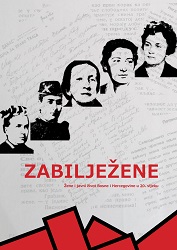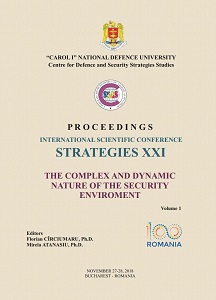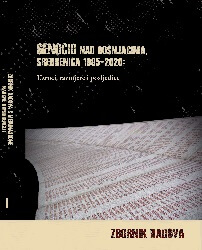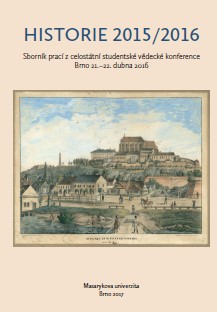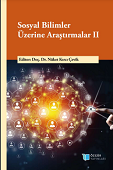Author(s): Shivan Fazil,Bahar Başer / Language(s): English
Publication Year: 0
Scholars who research peacebuilding and post-conflict reconstruction repeatedly warn policymakers and practitioners that youth should be an indispensable component of peacebuilding strategies from the very start of peace negotiations that seek the reconstruction and development phases in conflict settings. The body of scholarly work on the role of youth in building sustainable peace has emerged rapidly in recent years, focusing on a wide range of topics, from deradicalization to youth employment as a peacebuilding strategy (Berents and Mollica 2020; Borer, Darby, and McEvoy 2006; Izzi,2013). However, as Berents and McEvoy-Levy (2015, 115) rightly assert, “Youth voices and experiences are still far from integrated or understood in critical security or other scholarly deliberations about peace praxis.” The literature often presents young people as a combative or destabilizing force within post-conflict communities (Ozerdem and Podder 2011) or as victims and passive recipients of conflict (Del Felice and Wisler 2007). But more recent studies suggest that they also work on the frontlines of peacebuilding, contributing to the rebuilding of civil society and the local economy (Ozerdem and Podder 2015). Berents and Mollica (2020) also underline that “youth are active peacebuilders who negotiate systems of insecurity and risk to work for peace in their communities and countries and on the international stage.” The academic literature is slowly catching up, yet policymakers and practitioners are still slow to consider the potential of youth. Policymakers must better tailor economic, socio-cultural, and political approaches toward youth engagement in order to enhance their agency in political processes. Therefore, we must ask what positive role youth can play in peacebuilding and development in post�conflict societies and what can be done to enhance their positive contribution. To find answers to these questions, it becomes imperative that we “study further how youth think and feel about war and peace, peace processes, conflict and conflict resolution, politics and violence, themselves, the ‘other,’ and the ‘future’” (McEvoy‐Levy 2006, 285).
More...
